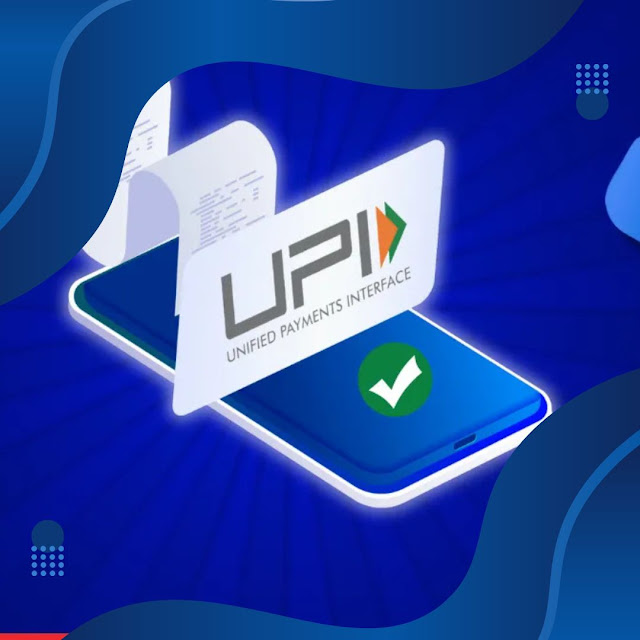What is BRICS Currency?
BRICS Currency
In the dynamically changing world of global finance, BRICS nations have evoked much interest with their intentions to introduce a common currency. This initiative can be expanded further to change the face of international trade and lessen dependence on the US dollar. lets little deeper to understand what the currency is, how it functions, and the possible repercussions it may cause.
What is BRICS Currency?
The BRICS currency will serve as the common currency in trade exchanges between member nations. Besides the traditional reserve currencies-the US dollar and the Euro-this currency will be traded within the bloc for financial exchange. The most important underlying motivation behind this will be to achieve a stable, common currency with minimum dependence on Western-controlled monetary systems.
Think of it as some sort of "global reserve currency" tailor-made for the BRICS and their friends. A common need to protect member economies from the risks of sanctions, currency fluctuations, and over-dependence on the US dollar is driving the motive to create this currency.
What's the Purpose?
The major objectives of the BRICS currency are:
Economic Sovereignty: To liberate the member nations from the clutches of Western financial systems, especially the US dollar.
Trade Facilitation: Ease trade within BRICS countries by eliminating the need for converting to dollars.
Financial Stability: Reduce the risk of sanctions and foreign financial pressures.
Cost Efficiency: Reduce transaction costs and time by eliminating intermediary systems such as SWIFT.
Strengthening Alliances: Facilitate stronger economic ties and mutual growth between member states.
How Does It Work?
While the currency's framework is still in the process of being built, here is a simplified version of how it may work:
1. Blockchain-Based System
The BRICS nations are considering the use of DLT or blockchain to manage the currency. This will guarantee secure, transparent, and quick transactions without resorting to intermediaries from traditional banking. To this end, the use of blockchain could further decrease transaction costs and processing times.
2. Central Bank Collaboration
The printing and management of the currency would be done jointly by the central banks of the member countries. The value may be pegged to a commodity basket such as gold, oil, or agricultural products for stability and equitability.
3. Tokenized Settlements
The proposed system could use digital tokens for cross-border settlements. These tokens may then be exchanged directly between parties, reducing their reliance on fiat currencies.
4. Commodity Trade
Much of the trade within BRICS is in commodities, including oil, gas, and grains. This currency can be used as a pricing and settlement benchmark in such deals, bypassing the dollar completely.
Countries Involved
What started off with Brazil, Russia, India, China, and South Africa has now expanded to include Iran, UAE, Egypt, and Ethiopia, among others. Other countries such as Saudi Arabia, Argentina, and Algeria have shown their intent to join. This enlargement will enhance the economic heft of the bloc and, therefore, the currency.
My Thoughts: Opportunities and Challenges
The idea of a BRICS currency is ambitious and revolutionary, with its share of opportunities and challenges:
Opportunities
Economic Resilience: A reduced dependence on the dollar would insulate BRICS countries from US-engineered sanctions and economic shocks.
Global South Representation: Such a currency would give developing nations more clout in global finance.
Innovation in Finance: The use of blockchain technology could set a modernizing precedent for global finance.
Challenges
Diverse Economies: BRICS economies are at different levels of development, with some having very different economic systems, which might raise implementation difficulties.
Political Alignments: It is difficult to align the interests of all member nations, especially during periods of heightened geopolitical tension.
Global Pushback: The US dollar has highly entrenched dominance, and there could be resistance from established financial powers to any budding challenge.
Implementation Issues: Building the required infrastructure, agreements, and regulations will take a long time and huge effort.
A Unique Insight: What's Next?
While researching, I came across one interesting probability-the concept of "regional adoption." Think of the BRICS currency not as a single global one but as regional currencies tailored to the economic conditions of various blocs within BRICS. For example:
Asian BRICS Currency: Used mainly by China, India, and Russia in their trade with the rest of Asia.
African BRICS Currency: Used in transactions between South Africa and other African countries.
This could make implementation more manageable and permit scaling gradually.
Final Thoughts
The BRICS currency is a bold step in redefining global finance. It is a very complex, ambitious initiative that promises to significantly alter trade, geopolitics, and economic sovereignty. Though challenges abound, the potential benefits make it a development worth watching closely.
Standing at the threshold of this financial revolution, the BRICS currency is more than an instrument of trade; it's a statement of unity and resilience. Its success or failure will depend upon the collaboration, trust, and innovation of its member nations.

.jpg)


Comments
Post a Comment